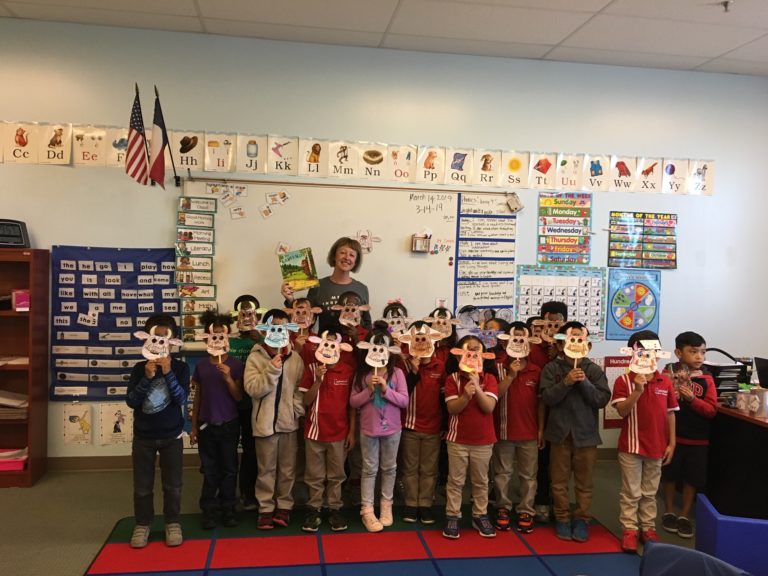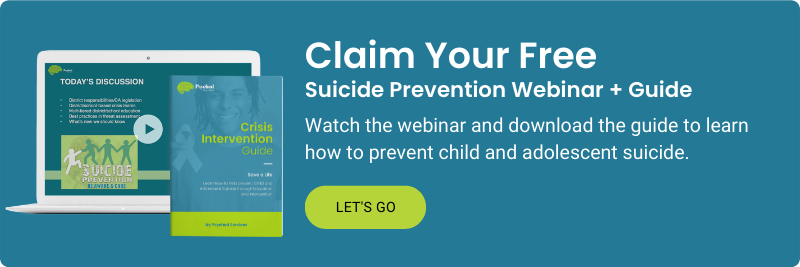
For years, students with disabilities were educated largely in separate classrooms or schools. Thanks to legislation that guarantees equal educational opportunities for all children, as well as research that shows the advantages of including students with disabilities in the general education environment, special education does not equate to separate education anymore. The concept of inclusion — where children with and without disabilities learn together — is guided by three principles: all children belong, all children learn in different ways, and it is every child’s right to be included.
As a parent of an exceptional student, we understand that you want to partner with your child’s school to ensure the best programming. We help you understand what inclusion is, how it can benefit children with and without disabilities, and what recommendations are research-based.
From Separate to a Unified Education System
As recently as the 1950s, most public schools did not accommodate any exceptional students, so those with needs were either taught at home or institutionalized. In 1975, the Education for All Handicapped Children Act (known as EHA, EAHCA, or Public Law 94-142) was passed and mandated that students with disabilities receive equal access to education. Unfortunately, since the guidelines were loosely defined, students with disabilities continued to face barriers to learning. In 1990, these barriers were greatly improved with the passage of the Individuals with Disabilities Education Act (IDEA), which replaced EHA and drastically improved expectations for equal access and treatment. However, translating this requirement into practice within every school, in every district, and in every state hasn’t always been seamless.
In an effort to enhance the education of students with disabilities, the California Department of Education (CDE) is implementing a unified education system in which all students, regardless of ability, are considered general education students first and foremost. This direction is based on work completed by a Statewide Special Education Task Force that reviewed best practices for improving programming within in the state.
Benefits of Inclusive Education
Not only do exceptional kids benefit from inclusion, but typically developing kids do, as well. Here are just a few of the benefits of inclusive education:
- Appreciation of diversity
When there is a focus on helping all children learn in the same setting, students experience, appreciate and accept those with differences. By learning and playing together, students with disabilities are seen as an integral part of the classroom and school community. Naturally, friendships develop rather than become stilted due to lack of interaction. - Higher expectations and improved outcomes
When exceptional students are within the general education classroom, they are held to a higher standard both academically and socially. This results in improved outcomes on individualized education programs (IEPs). In addition, standardized test scores improve for both students with and without disabilities. - More cohesive instructional programming
As specialists “push-in” to the general education classroom (rather than remove exceptional students to another location), synergy develops among the adults working on similar goals with the students. - Reduced behavior problems
Since exceptional students are exposed to more appropriate social models in an inclusive setting, their behavior and social maturity typically improves.
Recommendations for Parents
Inclusion in practice is not one size fits all. It’s really about accepting that no two learners are alike, so opportunities must be created for all students to learn. In practice, inclusive tactics can take many forms. As a parent of an exceptional student, ask the school to explain their inclusive practices to you. Some schools may have specialists go into the general education classroom to provide support (i.e. “push-in”). Others may have general education students go to the special education classroom for activities (i.e. “reverse mainstreaming”). While these approaches may look very different, they are both examples of inclusive practices.
It’s important to be a collaborative partner in your child’s education. In your child’s IEP meeting, you will discuss your child’s specific areas of need, strengths and weaknesses, goals for skills to work on, and services needed to make progress on those goals. This discussion will help the team determine the Least Restrictive Environment (LRE) for your child. LRE is the part of IDEA that states children who receive special education services should spend as much time with their peers as possible, unless there are harmful effects from doing so. Specifically, it states:
- Your child should be educated with non-disabled peers to the maximum extent appropriate.
- Your child should not be removed from regular classes unless, even with supplemental aids and services, education in regular classes cannot be achieved satisfactorily.
When the IEP team meets to consider LRE, they will look at many factors, such as:
- What are your child’s specific needs and educational goals?
- Does the benefit of providing services in the special education classroom (i.e. “pull-out” support) outweigh the benefit of including your child in the general education classroom?
- When might “pull-out” support be the most appropriate way to meet IEP goals?
Each child has a unique set of needs, so the IEP team must work together to identify what services and environment (i.e. general education or special education) will be the most educational. This discussion is ongoing.
Some children, especially those with more severe disabilities, have goals so significantly modified that they need a specialized environment to meet them. Others might be educated in a special education classroom, but are also included in a general education classroom for certain parts of the day (such as PE, music, art or recess). A child might start out in a special education classroom while learning new skills, but move to the general education classroom for generalization.
When you meet with your child’s IEP team, be sure to establish a communication system that allows you to effectively monitor your child’s progress. If you feel that the IEP put in place isn’t working, you can always request another meeting to review it and make necessary changes.
What type of inclusive tactics are you and your child’s school considering?





